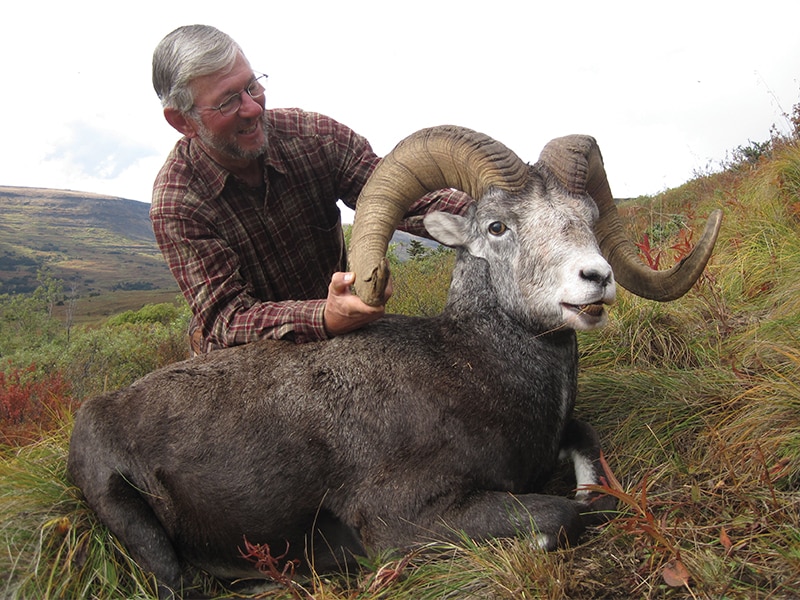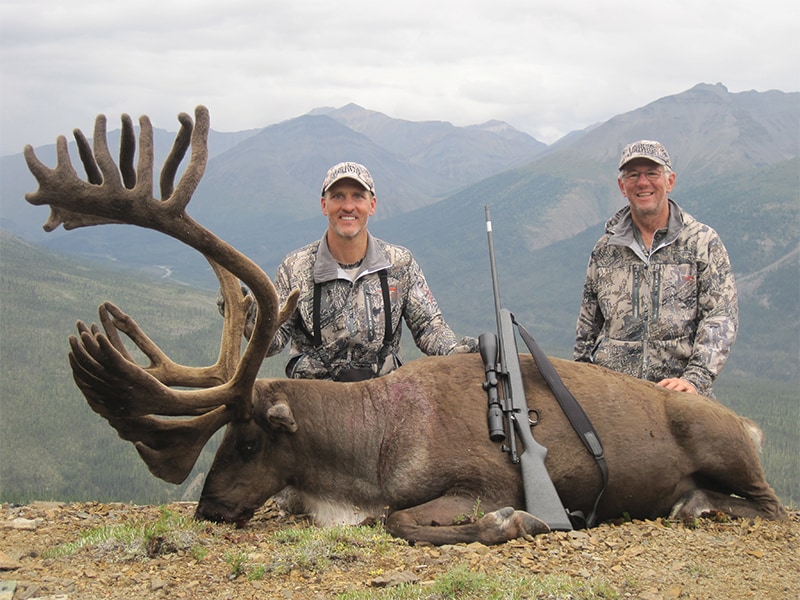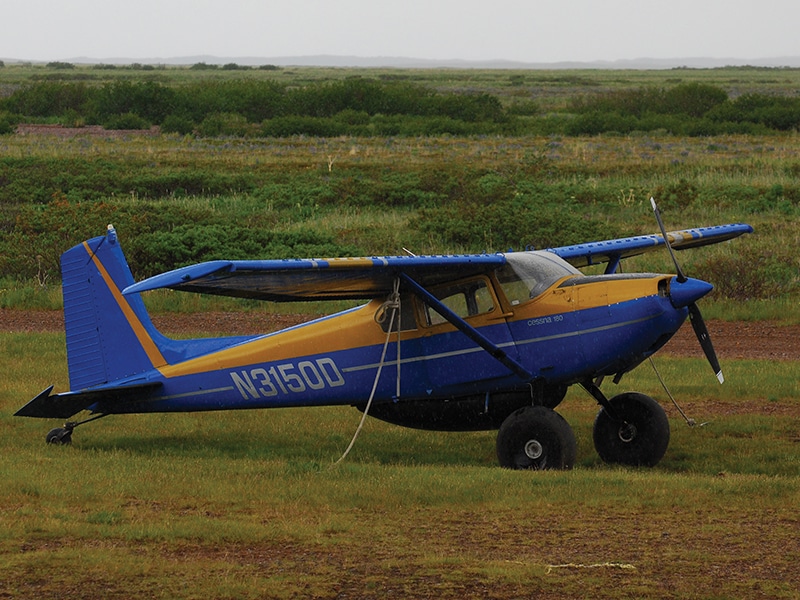The Jumping-Off Points

Whitehorse, Yellowknife, Smithers and Norman Wells; these, and a handful of others, are small but important communities in northwest Canada that are the “jumping-off points” for hunting and fishing trips to the Canadian north. For all practical purposes, they are the end of civilization.
Hunters arrive from all over the world, in search of big game – bear, caribou, moose, sheep and goats; many of which make the Boone and Crockett and Safari Club record books. The fishermen are after lake and rainbow trout, northern pike, steelhead, and arctic grayling.
These communities can be an interesting sideshow to your overall adventure; often, you’ll spend a night or two at the beginning or end of your trip, depending on how the airlines handled your luggage – and of course the weather. From these jumping-off points, it’s usually de Havilland bush planes - Otters and Beavers, with wheels or floats, taking you and your gear to and from base or spike camp.
The jumping-off points all have scheduled, commercial airline service, and are typically the operating headquarters for most of the outfitters. There are only a handful of these points, scattered across four provinces – Smithers, Fort Nelson and sometimes

Fort St. John in British Columbia; Whitehorse, in the Yukon; Yellowknife, Norman Wells, Fort Simpson and Inuvik in the Northwest Territories and Rankin Inlet in Nunavut.
Whitehorse, located on the Alaska-Canadian highway and the Yukon River, is the largest of these communities with a population of about 28,000. There you can buy just about anything you may have forgotten, or couldn’t bring with you on the plane. It has good restaurants and a nice museum. There’s even a bronze bust of Jack London on Main Street; he visited there in 1897. Norman Wells, on the other hand, is more typical of the jumping-off points; it’s located on the Mackenzie River and has less than one thousand citizens – with limited supplies and infrastructure. Don’t expect to see or buy much there.
Your return trip might offer some surprises. The seats are often “sold out” and if you try to come home early or get delayed and cannot make your scheduled flight, be prepared to wait. In the smaller communities, there isn’t much to do but read or work on your computer – if you brought one. The jumping-off points can be a memorable part of any hunting trip into the Canadian north.

